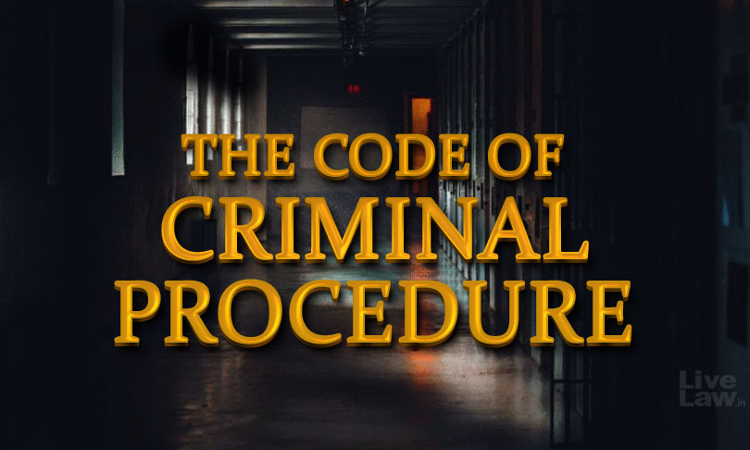Understanding The Complexity Of Section 319 Of CrPC
Aanchal Dahiya & Hari Mudgil
14 July 2020 11:17 AM IST

Next Story
14 July 2020 11:17 AM IST
Time and again, there have been controversies and debates over Section 319 of the Criminal Procedure Code, 1973 (CrPC) regarding the stages at which it is to be used, the weight of evidences or the category of persons against whom it may be used. Though the controversy involved was settled in the case of Hardeep Singh vs State of Punjab ((2014) 3 SCC 92) to an extent, yet the matter crops...
